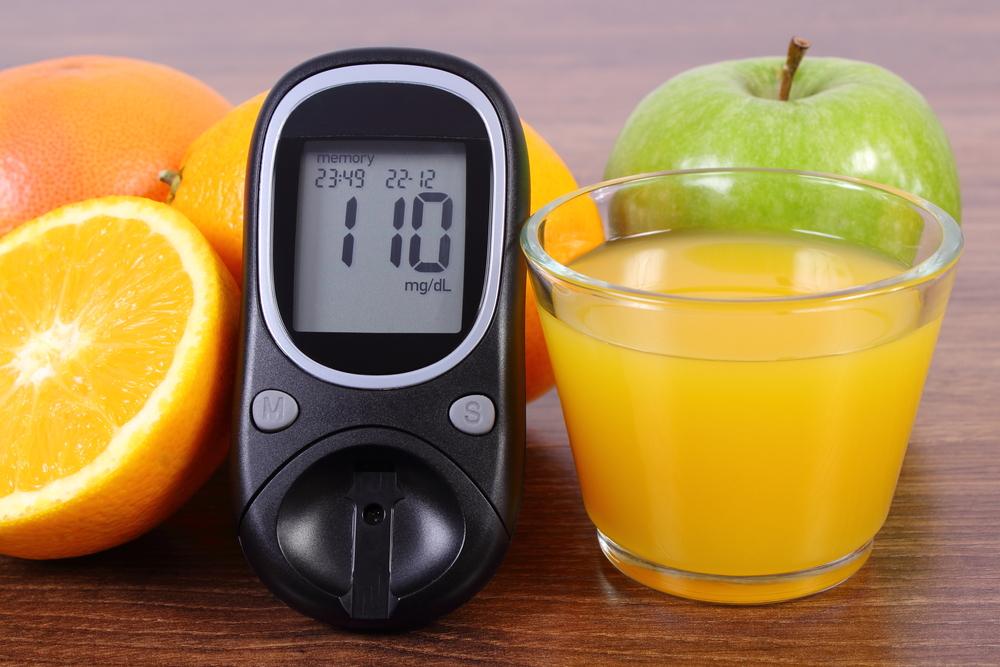Ravages Of Diabetes
Diabetes is a condition where the body progressively loses the capacity to produce insulin, the hormone that aids utilization of glucose, in common parlance, sugar. This is the result of an autoimmune condition in which the beta cells of pancreases are attacked and destroyed by one’s own immune system. This is type 1 diabetes, generally found in young population. In Type 2 diabetes, generally found in older population aged 50 years and above, for some unknown reasons, the body develops resistance to the insulin produced by it or the production of active insulin reduces. If glucose levels in blood stays high for long periods it can ravage the body’s other organs, like eye, diabetic retinopathy, hypertension, increase the risks of heart attacks, kidney diseases and failures, gastroparesis or slowing down of the movement of food through the digestive system and reduce peripheral circulation causing havocs in skin and extremities.

Diabetic feet is one of the conditions resulting from reduced peripheral circulation. Diabetic nerve damage or diabetic neuropathy, besides hurting one, can cause loss of sensations and one may not know pain, heat, or cold. It is very common that rats or other rodents nibble diabetic feet, without the victim knowing, which can cause even rabies. Other injuries like hitting any hard obstacle, walking with a stone in the shoes all go unnoticed. This lack of sensation can lead to infections, or tissue death, gangrene, leading to amputations, sometimes even as high as the knee. Change in the color the skin of the foot is another common symptom associated with this condition.
Callus formation is another problem. Calluses do form in every foot due to the high pressure on those spots. The incidence of this is higher in diabetic patients. In severe cases one may have to wear special foot wares. Calluses need periodic attention by professionals to trim it and thin in it out. Doing it oneself may lead to wounds and infections and its complication. Leaving it alone allows them to grow thick and open up into ulcers with all its attendant complications. One can gently rub them down every day after one’s bath. Apply moisturizing cream after bath, cover the same with a thin layer of petroleum jelly and cover with soft cloth.
Foot Ulcers are another complication associated with diabetic feet. It is best they are prevented. Ulcers forms generally on the ball of the foot or bottom of the big toe. Those on the sides of the diabetic feet are caused by ill-fitting footwear. Though some may not hurt, all of them need professional attention immediately. Neglecting ulcers can make one pay the ultimate price of losing the limb. Depending on the condition the health care provider would clean the ulcer, remove the dead tissue, and may take a wound swab for determining the specific infection and the appropriate antibiotic. An x-ray may also be taken to see if the bones are infected. Continuing to walk on an ulcer will only aggravate it. The healthcare provider may put on an appropriate protective layer like, special shoes, braces or cast. Obstinate ulcers may need surgical intervention by a vascular surgeon. After the ulcers have healed, the diabetic feet should get good care as the scar tissue underneath can crack open easily and the ulcers would return. It is always better to wear a special shoe after treatment of ulcers. High blood glucose makes it difficult to fight infections and reduce circulation which further complicating things.
Peripheral vascular disease causes fat deposits in both arteries and veins beyond heart and brain. It hardens blood vessels too. These effects are compounded if one is a smoker. Smoking causes hardening of all blood vessels faster. Reduced blood circulation leads to slow healing, promote infections and make it difficult to fight one. One of the symptoms of reduced peripheral circulation is cold extremities. Trying to warm them by putting hot water bottles, heating pads, and other artificial means can lead to burning them severely leading to further troubles if the extremities cannot feel heat. The safest way is to wear warm socks and gloves. All these complications can be prevented by maintaining the glucose level within limits by regular monitoring, adequate exercise and medication if required and regulated diet as a lifestyle.

